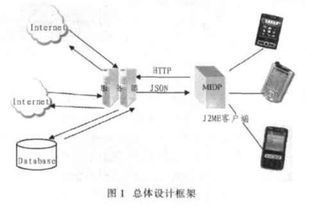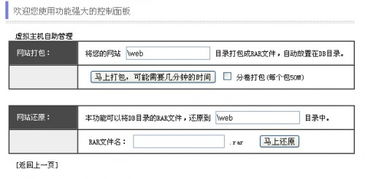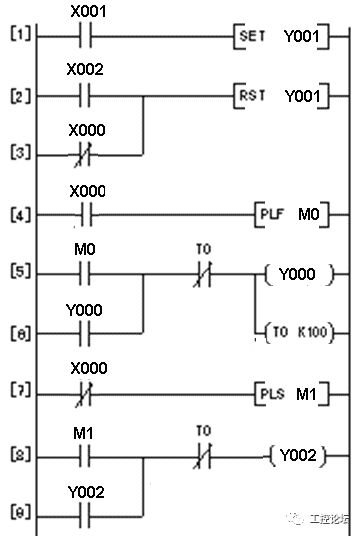Understanding Servlets: The Backbone of Java Web Development
Servlets are the fundamental building blocks of Java web development, serving as the backbone for creating dynamic and interactive web applications. In this comprehensive guide, we'll delve into the intricacies of servlets, exploring their functionality, lifecycle, and best practices for development.
What are Servlets?
Servlets are Java classes that extend the capabilities of servers to respond to requests. They provide a platformindependent way to build webbased applications, allowing developers to generate dynamic content, handle user input, and manage session state.
How Servlets Work
1.
Initialization
: When a servlet container, like Apache Tomcat, starts up, it loads servlet classes and initializes them by calling their `init()` method.2.
Request Handling
: Servlets process client requests by implementing the `service()` method. This method receives HTTP requests (GET, POST, etc.) and generates an appropriate response.3.
Response Generation
: Servlets dynamically generate HTML, XML, JSON, or other content types based on the client's request. They use methods like `getWriter()` or `getOutputStream()` to send the response back to the client.4.
Lifecycle Management
: Servlets have a welldefined lifecycle, including initialization, request handling, and destruction. The container manages this lifecycle by calling `init()`, `service()`, and `destroy()` methods accordingly.Servlet Lifecycle
1.
Initialization
: The servlet container invokes the `init()` method once during startup to perform onetime initialization tasks, such as loading configuration files or establishing database connections.2.
Request Handling
: For each client request, the container calls the `service()` method, passing a request object containing client data and a response object for sending data back to the client.3.
Destruction
: When the servlet container shuts down or decides to remove the servlet from service, it calls the `destroy()` method to perform cleanup tasks, such as releasing database connections or closing open resources.
Best Practices for Servlet Development
1.
Use HttpServlet
: Extend the `HttpServlet` class instead of the generic `Servlet` class to simplify request handling for HTTPbased applications. This class provides convenient methods like `doGet()` and `doPost()` for handling specific HTTP methods.2.
Separation of Concerns
: Follow the MVC (ModelViewController) architecture to separate business logic from presentation logic. Use servlets as controllers to handle requests, delegate business logic to separate Java classes (models), and use JSP or servlets for views.3.
Avoid Business Logic in Servlets
: Servlets should focus on request processing and delegate complex business logic to other Java classes or components. This improves code maintainability, testability, and scalability.4.
Thread Safety
: Ensure that servlets are threadsafe, especially when handling concurrent requests. Use local variables instead of instance variables for requestspecific data, or synchronize access to shared resources to prevent race conditions.Conclusion
Servlets play a vital role in Java web development, enabling developers to create dynamic, interactive, and scalable web applications. By understanding the servlet lifecycle, best practices, and design patterns, developers can build robust and maintainable web solutions that meet the demands of modern web development.
Whether you're building a simple web application or a complex enterprise system, mastering servlets is essential for Java developers aiming to excel in web development.
版权声明
本文仅代表作者观点,不代表百度立场。
本文系作者授权百度百家发表,未经许可,不得转载。











